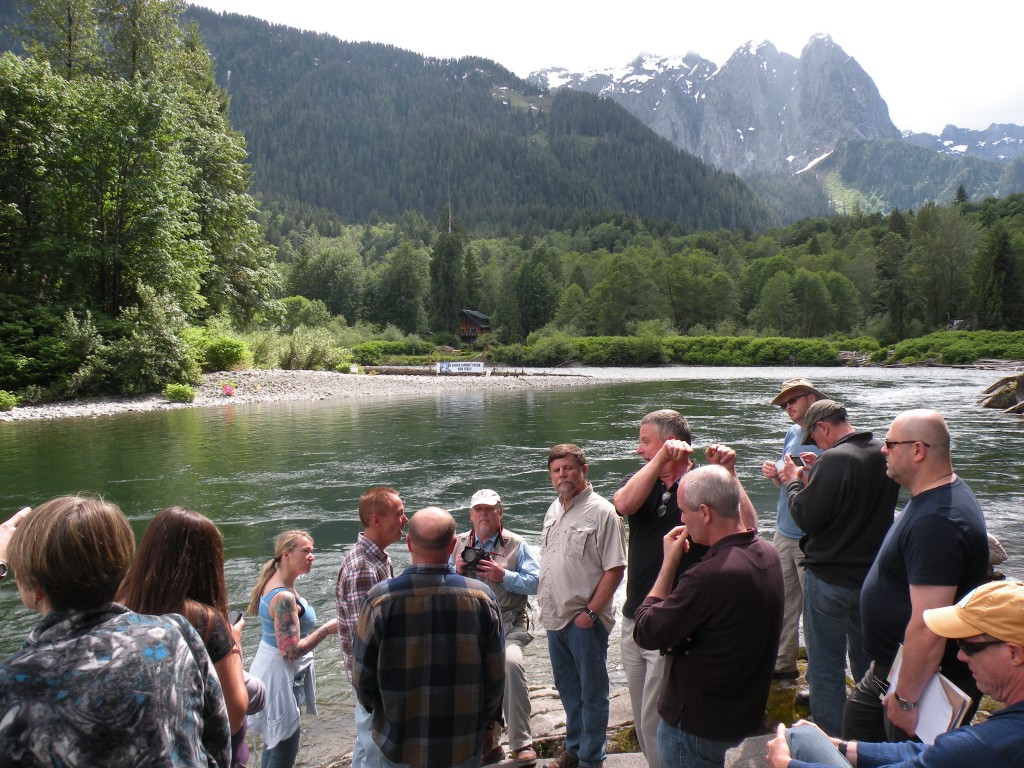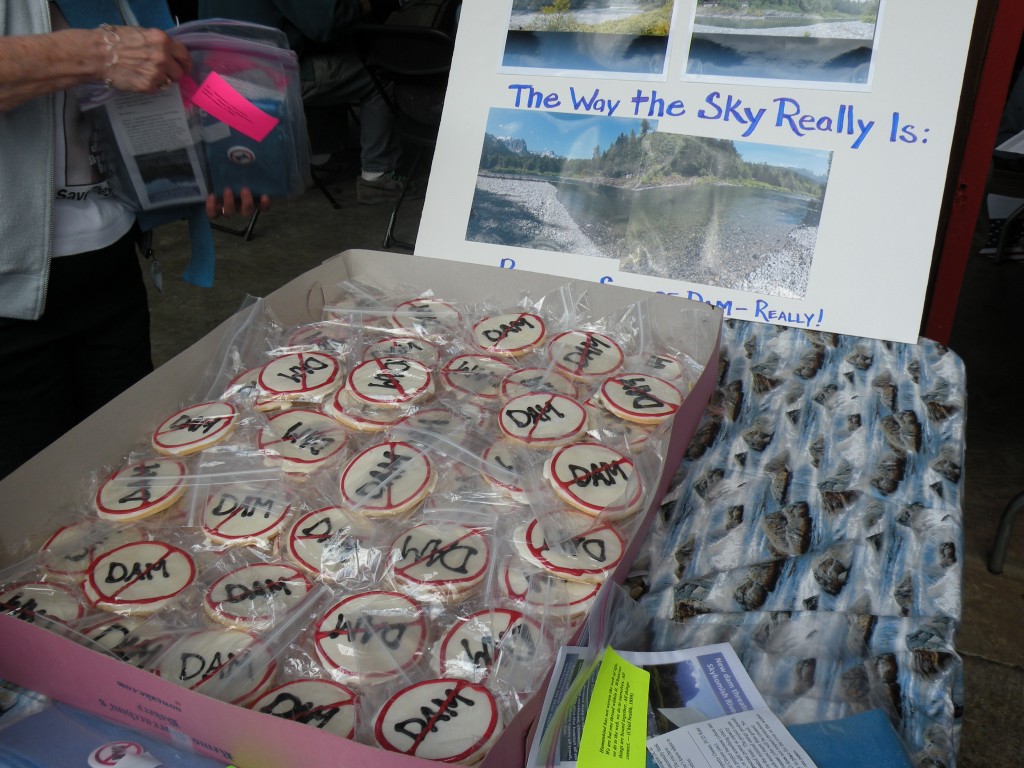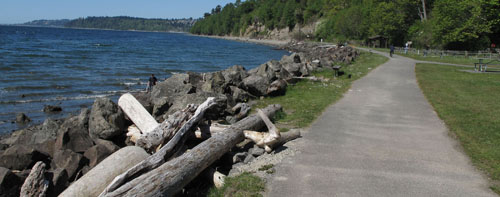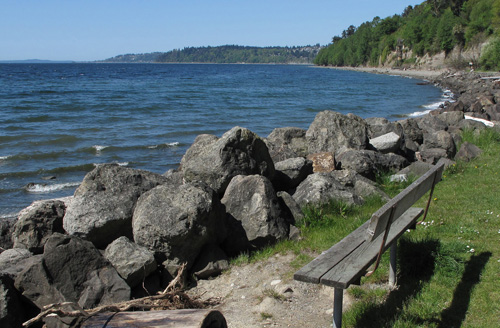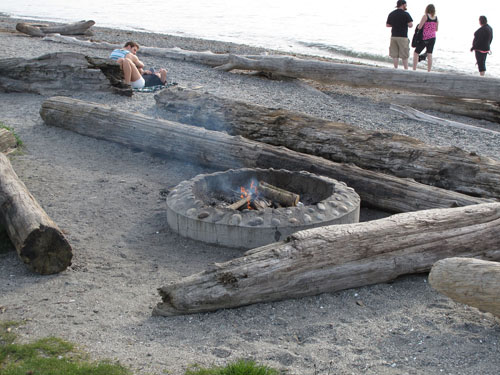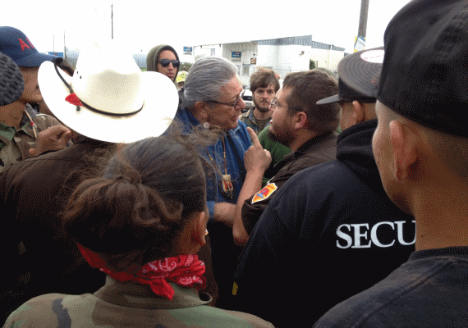
By GW Rastopsoff | Alaska Native News
June 19, 2013
The congressional name game in regards to the changing of the name of Mount McKinley to the Athabaskan name Denali continues in Congress with Senator Lisa Murkowski commending her colleagues in the Senate Energy and Natural Resources Committee for helping advance legislation for the name change.
The Energy committee approved the measure to change Alaska’s mountain to its locally known name of Denali on Tuesday by a voice vote clearing it for consideration by the full Senate.
The battle for the name of North America’s tallest peak has gone on for years. Governor Jay Hamond championed the name changing cause in the 1970s. Alaska’s attempts to change the name of the mountain have been frustrated by the congressional delegates from the state of Ohio since 1975. It was that year that the Alaska Board of Geographic Names changed the name to Denali, and officially requested the name change from the U.S. Board of Geographic Names in Washington.
But, the Secretary of the Interior at that time, Rogers Morton, did not want the name of the mountain to change and so consideration was delayed. By 1977, Morton was no longer at the helm of the Department of Interior. Seemingly, with the obstacle to the name change removed, the Board moved to change the name of Alaska’s mountain.
But, that same year political maneuvering by Ohio’s Congressman Ralph Regula blocked the name change once more by gathering signatures from every congressional delegate from the state of Ohio.
Again in 1980 amidst the signing of ANILCA by then President Carter, the board of Geographic Names, due to make a ruling in December of 1980, deferred their ruling.
Knowing that the Board of Geographical Names had as its policy that no name change proposals would be considered if legislation is pending in Congress pertaining to the name, Congressman Regula made it a point to submit legislation every two years to Congress. This Ohio tradition was followed by Regula until his retirement in 2009.
Following Regula’s retirement, U.S. Representatives from Ohio, Betty Sutton and Tim Ryan picked up where Regula left off and continued the tradition of submitting legislation to Congress effectively blocking the Board of Geographical Names consideration.
The name of the mountain did not start as Mount McKinley however, it was originally called Densmore’s Mountain after a gold prospector named Frank Densmore in 1889. That name did not stick and it was named Mount McKinley by another prospector named William Dickey in 1897.
After the measure was passed by a voice vote on Tuesday, Senator Murkowski released a statement, “In Alaska, we don’t refer to it as Mount McKinley; we just call it Denali. That’s what we’ve called it for decades and decades,” Murkowski said. “We, as Alaskans, aren’t shy about reminding folks about how big and how beautiful Denali is, and that it’s ours. Making Denali the official name of America’s tallest mountain really means something to Alaskans.”
Senator Murkowski’s bill, S 155 would make the name Denali, which means “The High One” in Koyukon Athabaskan the official name of Alaska’s tallest peak.
Last year, Lou Yost, the board’s executive secretary said of the name change dispute, “Some names will cause some emotions and some consternation, but I don’t think we’ve had any that have gone on this long, or (at) that high of a level.”



 Jeffrey Veregge, a Port Gamble S’Klallam tribal member, has been creating art for most of his life. A few years ago, after exploring different art techniques, Jeffrey decided to mix two art forms he admires most, Salish form line with comic book super heroes and Sci-Fi. “I took what I like of Salish form line design, the elements and the spirit of it and decided to mix it with what I do as an artist and put my own take on it,” said Jeffrey about his latest art pieces.
Jeffrey Veregge, a Port Gamble S’Klallam tribal member, has been creating art for most of his life. A few years ago, after exploring different art techniques, Jeffrey decided to mix two art forms he admires most, Salish form line with comic book super heroes and Sci-Fi. “I took what I like of Salish form line design, the elements and the spirit of it and decided to mix it with what I do as an artist and put my own take on it,” said Jeffrey about his latest art pieces.



